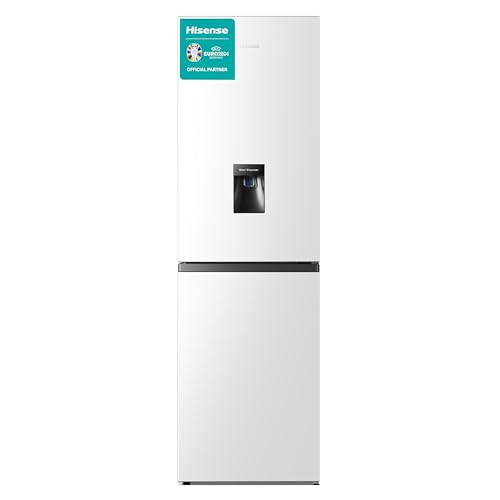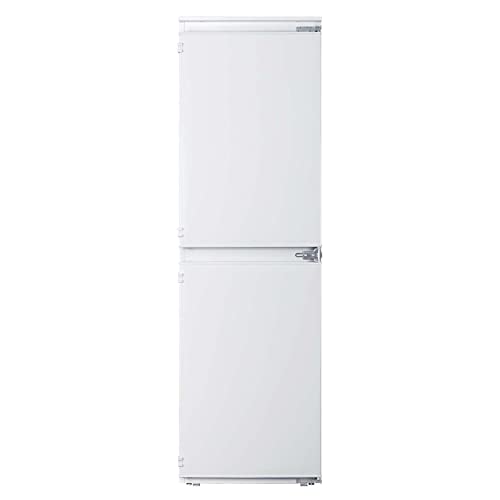Refrigerators and freezers are two of the most necessary appliances in modern-day kitchen areas. These devices serve an essential role in food preservation and waste reduction by making sure that perishable products remain fresh and safe for consumption. This short article explores the different kinds of fridges and freezers, their functionalities, and essential factors to consider for selection and maintenance.

The market uses a variety of refrigerator types, each designed to satisfy various consumer needs. Below is a list of the most common types of fridges:
Top-Freezer Refrigerators
Bottom-Freezer Refrigerators
Side-by-Side Refrigerators
French Door Refrigerators
Compact Refrigerators
| Type | Advantages | Drawbacks | Common Size |
|---|---|---|---|
| Top-Freezer | Inexpensive, energy-efficient | Less convenient access to the freezer | 14-30 cu. ft. |
| Bottom-Freezer | Easier access to fresh food | Freezer can be harder to arrange | 19-30 cu. ft. |
| Side-by-Side | Easy access, water/ice dispenser | Narrow vs. storage area | 22-30 cu. ft. |
| French Door | Trendy, spacious, arranged | More costly | 20-30+ cu. ft. |
| Compact | Space-saving, portable | Minimal storage | 1.7-5.5 cu. ft. |
Freezers are a similarly essential home appliance for food conservation. They are available in various designs created to fit various household requirements. Consider the list below types:
Upright Freezers
Chest Freezers
Portable Freezers
| Type | Benefits | Disadvantages | Common Size |
|---|---|---|---|
| Upright Freezer | Simpler to organize | Less energy-efficient, more floor space | 5-20 cu. ft. |
| Chest Freezer | Holds more products, energy-efficient | Harder to arrange | 5-25 cu. ft. |
| Portable Freezer | Compact and flexible | Limited storage capacity | 1-10 cu. ft. |
When choosing a fridge or freezer, consumers ought to keep in mind several functions that can improve functionality:
While fridges and freezers are essential innovations, they also have specific benefits and drawbacks:
| Pros | Cons |
|---|---|
| Protect food life expectancy and reduce waste | Require regular upkeep |
| Enable bulk purchasing and meal prepping | Can be costly to acquire and run |
| Deal benefit and fast access to food | Occupy considerable kitchen area space |
To ensure longevity and ideal efficiency of fridges and freezers, consider the following upkeep pointers:
Q1: How long can food be kept in a freezer?A: Most foods can be kept in a freezer for numerous months. Meats and poultry typically last 4-12 months, while veggies can last up to 8-12 months.
Q2: How typically need to I clean my fridge and freezer?A: It is suggested to clean your fridge and freezer every 3 to 6 months, or as required when spills take place. Q3: Can I put hot food directly in the fridge freezer sale uk?A: It is suggested to cool hot food to space temperature before putting it in the fridge to avoid
raising the temperature inside the appliance. Q4: Why is my fridge running constantly?A: This could be due to a malfunctioning thermostat, blocked coils, or door seals that aren't working effectively. Fridges and freezers are important
properties to contemporary families, offering essential services for food storage and preservation.
Understanding the different types, features, and maintenance requirements can assist consumers select the best appliances for their needs and optimize their performance. Accepting energy-efficient models not just supports sustainable practices however likewise adds to considerable savings on utility bills, making informed choices more essential than ever.
No Data Found!

